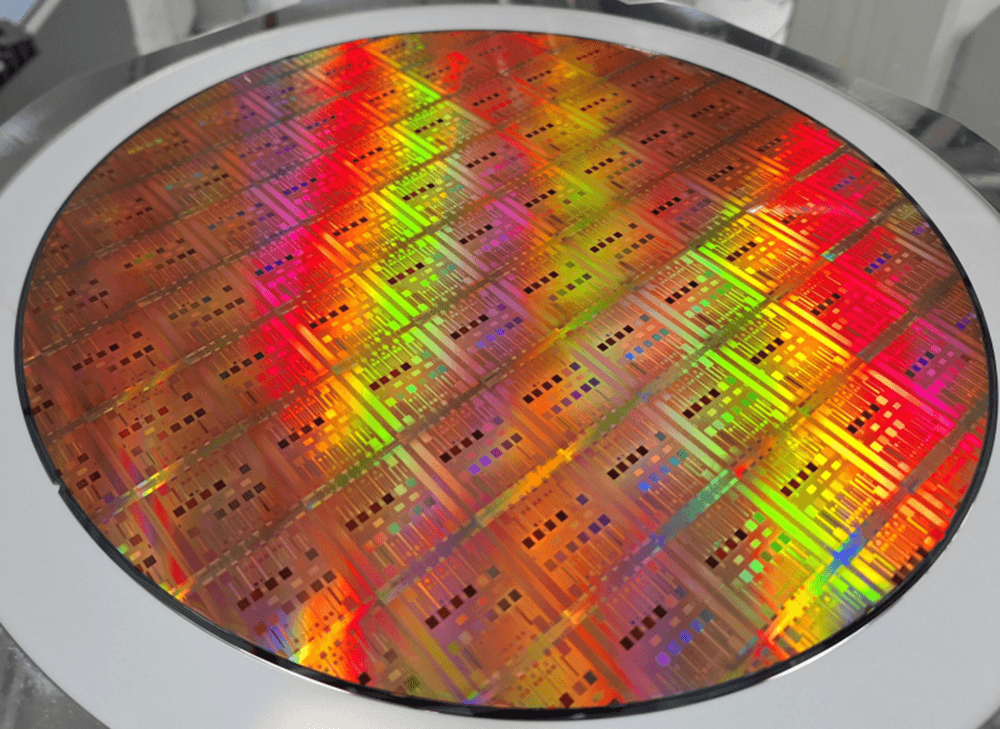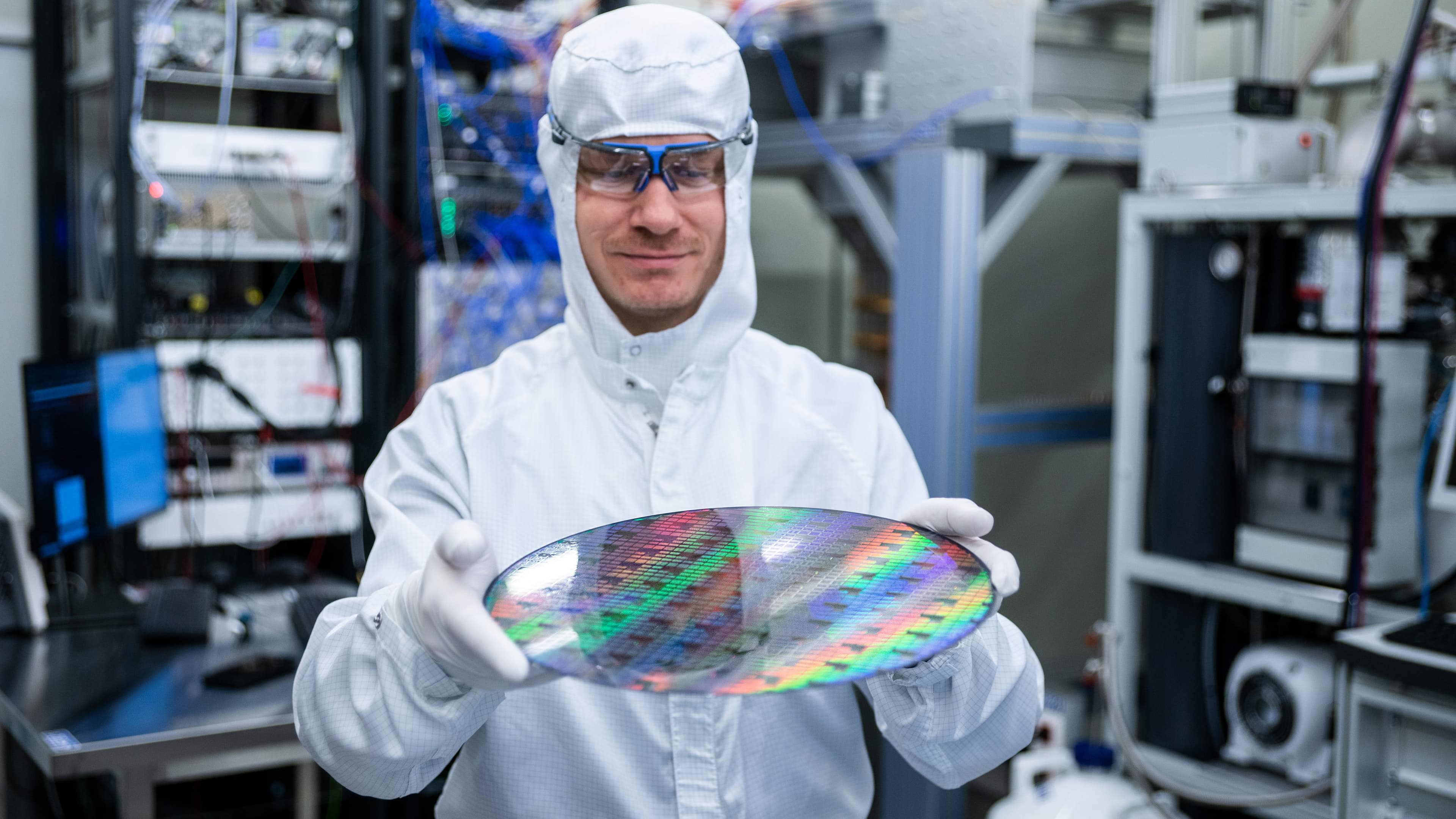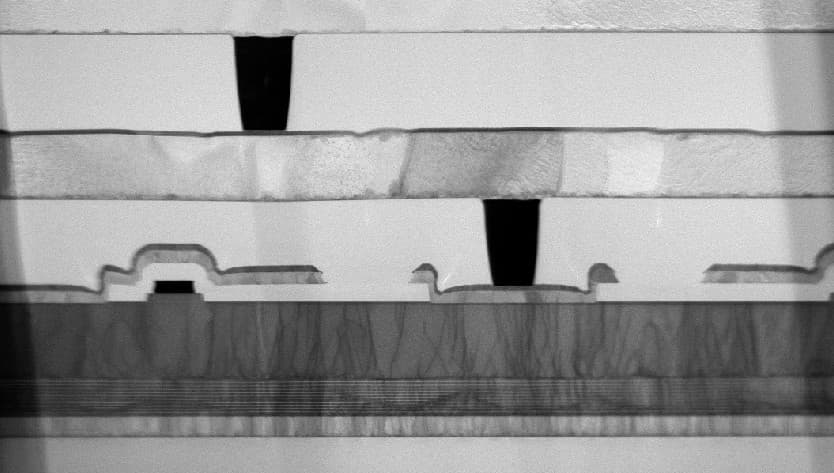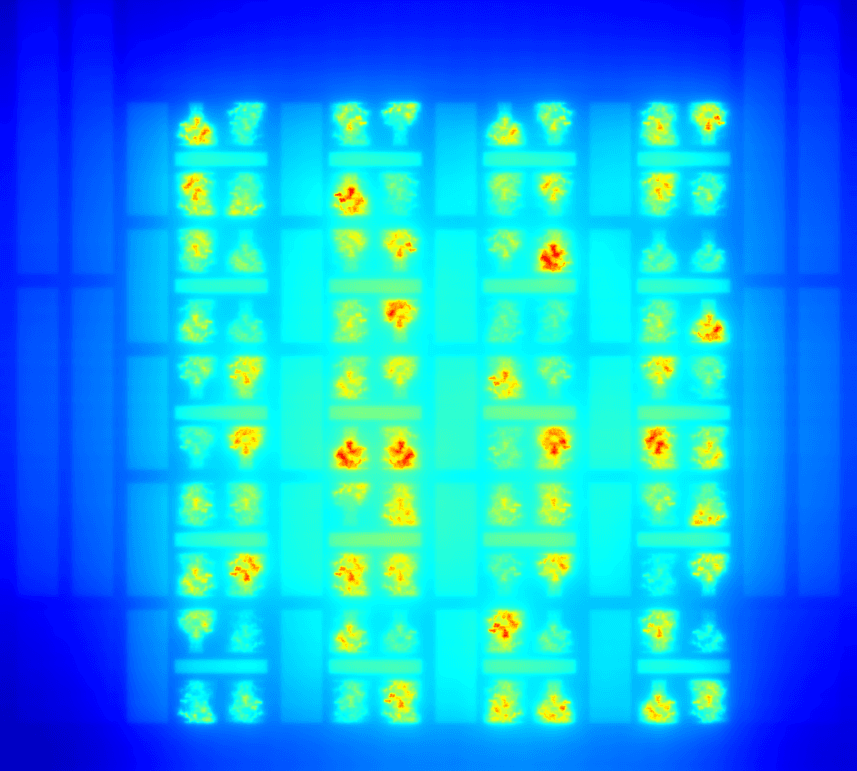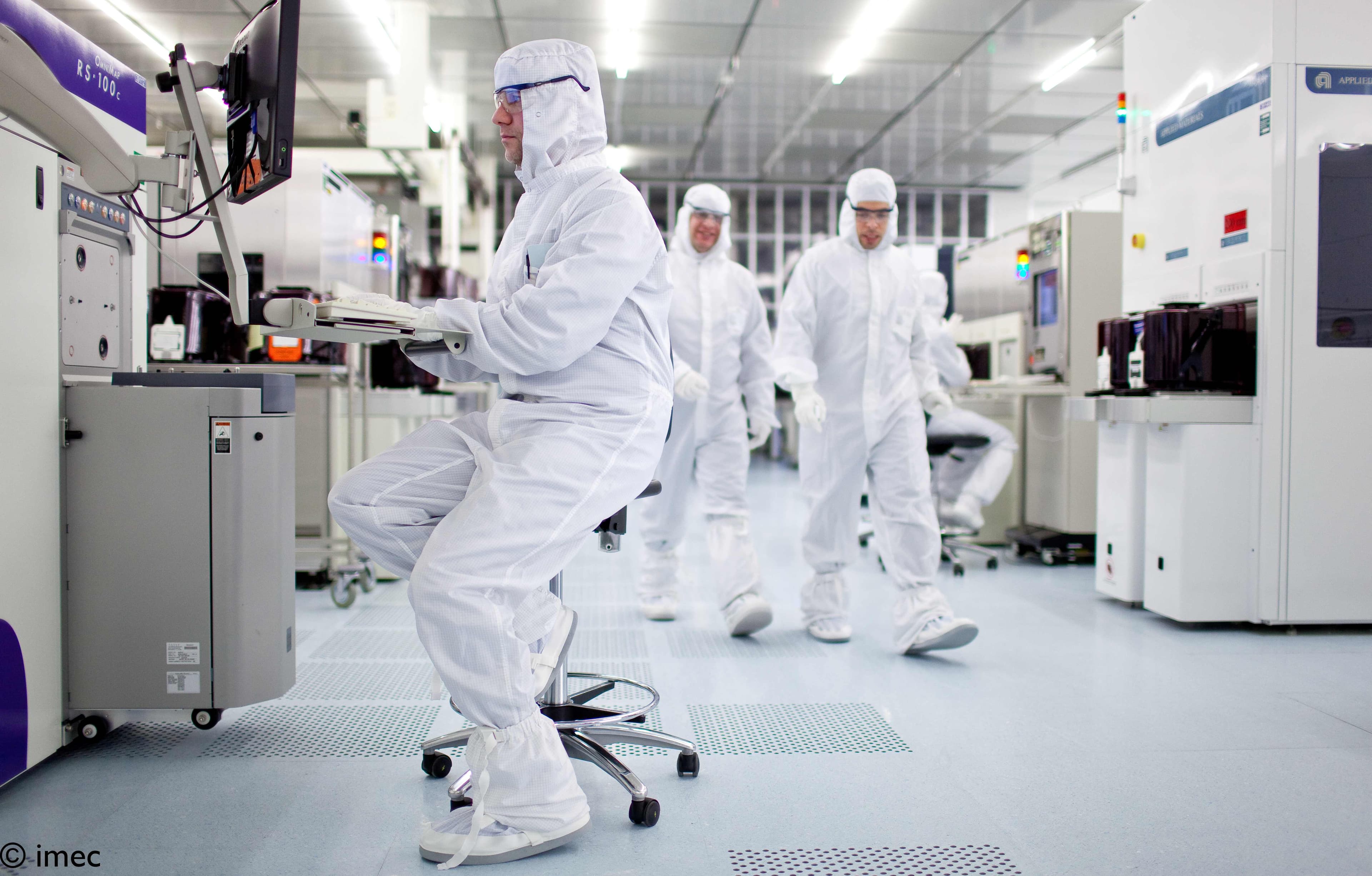
No more bad connections
Do you remember the days when the telephone used to sit on a table in a corner of the room (at the end of a cord!), complete with a rotating dial for calling a number? Plus, of course, a telephone directory to find the number you wanted. The world has changed enormously in terms of communication over the past 30 years. These days, we are all connected to one another all of the time, wherever we are. Got lost on a walk in the woods? No problem: simply call for help or open Google maps and you’ll know where you are immediately. You’ll even be given instructions about how to get back home. 30 years ago, that was unthinkable.
Yet we’re never totally satisfied. All too often our phone connection drops out and sometimes there’s no connection at all if you’re somewhere remote. That should not be a problem any more in 2035. Telecom operators will be working with more antennas than now, capable of servicing smaller areas. Much greater attention will also be paid to a stable and economic network capable of sending data at the right speed. Today’s advertising slogans from the telecom providers focus on things such as ‘gigabit speeds’, which you don’t actually need. What you do want, is to be able to watch a film without interruption, wherever you are, or listen to a song, or have a video conversation with your brother on the other side of the world.
The human bandwidth – i.e. the speed at which data needs to be sent so that our senses experience it as normal – is around 100 Mbps. That’s what we want: 100 Mbps, always, everywhere and uninterrupted. Not gigabit speeds.
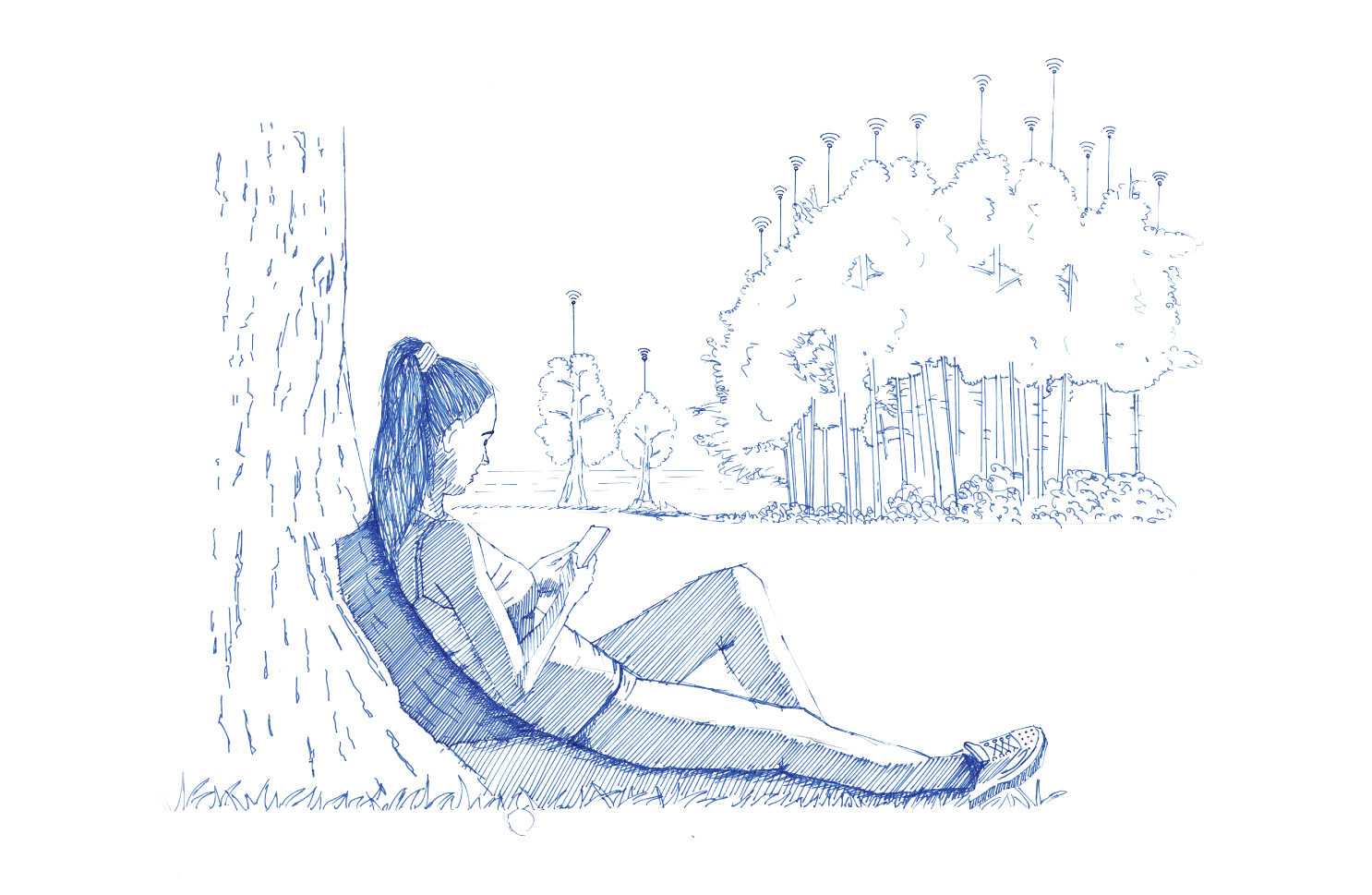
Of course, if we all walk around with augmented reality glasses or want to produce a hologram image of that brother in another country, then we are going to need a network capable of sending large quantities of data very quickly. The AR glasses will show us information that they source from a mass of data and filter out intelligently. It is not a good idea to fill large central datacenters with intelligence, because then huge amounts of data have to be sent to and from those datacenters. It’s better to place as much intelligence as possible in the device – in this case within the glasses – or at locations nearby. Also, for applications such as driverless cars, the intelligence and processing of the data required needs to be as close to the car as possible. After all, in this particular instance, it really is a matter of life or death, so there can’t be any delay in the signals.
So, thanks to new technology, we will move towards a stable and reliable network that has specific capabilities geared to specific applications.
Will antennas and underground fiber optic networks still look the same in 2035? We will have to install a huge number of them so that we can make smaller, stable cells in every corner of the world. Tests have already been carried out (by Bell Laboratories/Lucent Technologies) to transform corals so that they can transmit data. Any further development of this seems (fortunately) not to be industrially feasible, but – who knows? – at some time in the future, in those woods where you now can’t get lost, there may well be trees whose branches are antennae and roots are fiber optic cables. Or would you still prefer your connection to drop out from time to time?



